Forts and Castles of the Channel Islands
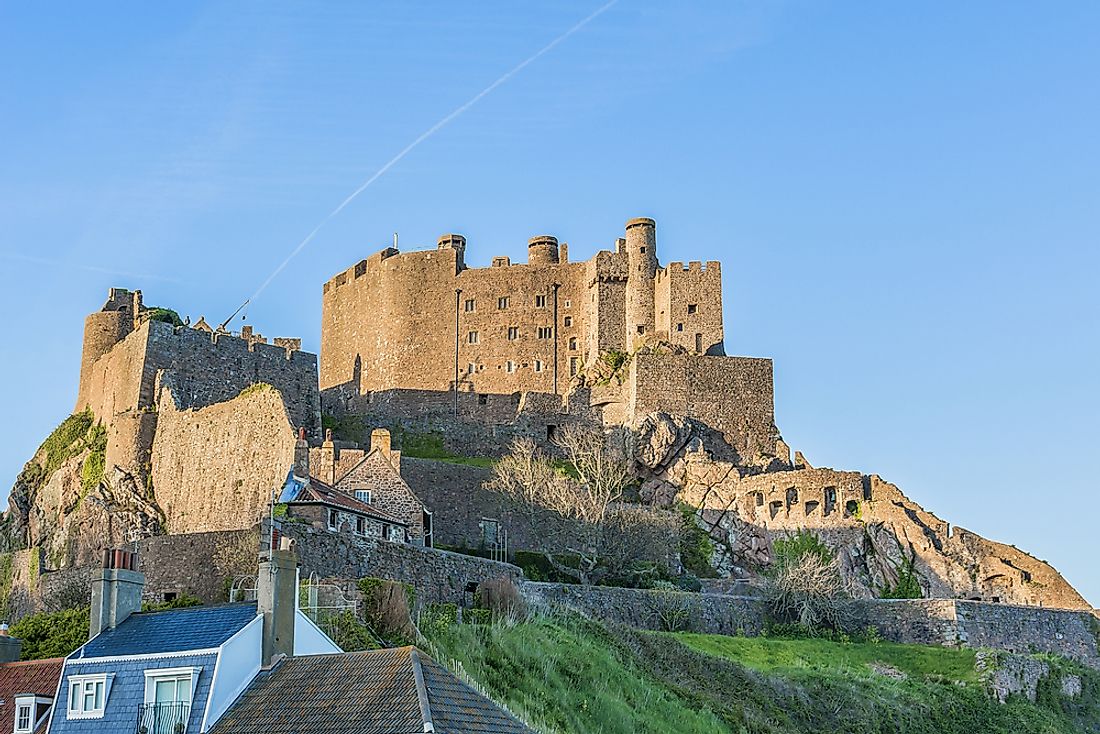
The Channel Islands are a group of islands located in the English Channel off Normandy’s coast. These islands consist of two Crown dependencies namely the Bailiwick of Jersey and the Bailiwick of Guernsey. The former is the largest island while the latter consists of smaller islands including Sark, Guernsey, and other minor islands. Although the islands are not part of the UK, they are considered the remains of the Duchy of Normandy. Over the years, the islands have seen quite a number of battles such as the French invasion of 1338. Consequently, a number of forts and castles were built for stability during peace and protection during war.
12. Fort George
Also located in Guernsey, this castle’s construction began back in 1780 until its completion in 1812. The planning for its construction happened as the Anglo-French War between 1778 and 1783 was underway. The main purpose of the fort was to become the island headquarters of the military as well as offer protection to the British Army’s barracks. Before its construction, Castle Cornet handled these two roles. In 1781, the castle deterred the French in the Battle of Jersey.
11. Castle Cornet
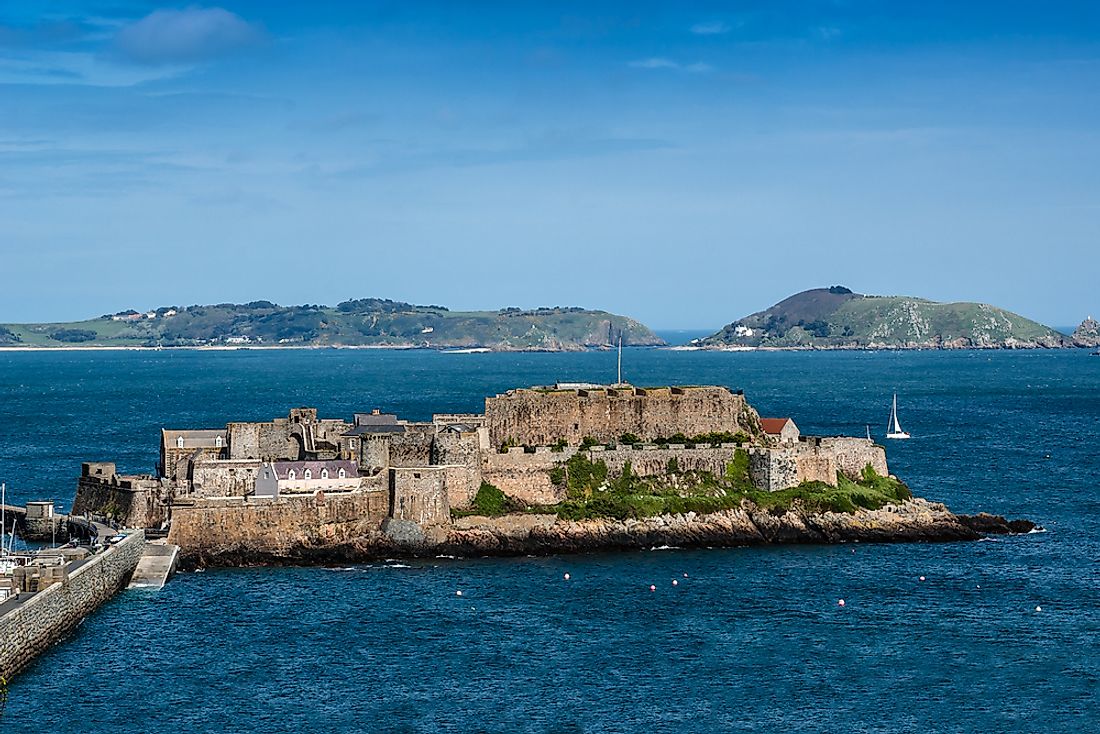
Located in Guernsey, Castle Cornet is a large castle that was built over a duration of 800 years. Sometimes known as Castle Rock or Cornet Rock, this castle has six gates before getting to the top at the citadel. The castle has a height of about 43 feet with the materials including mortar, timber, diorite ashlar, and others. Some of the wars that it has seen include the French Invasion of 1338 and the English Civil War of 164 before being abandoned in the middle stages of the 19th century.
10. Fort Hommet
Also known as Fort Houmet, Fort Hommet is also located in Guernsey. The fort was constructed on top of fortifications that were from around 1680. Fort Hommet consists of an 1804 Martello tower as well as minor modifications in the Victorian era. The modifications from the Victorian era included additional batteries and bigger guns in place of the 24-pounder guns. The Germans also took this fort during World War II and further added casemates and bunkers for additional protection.
9. Fort Grey
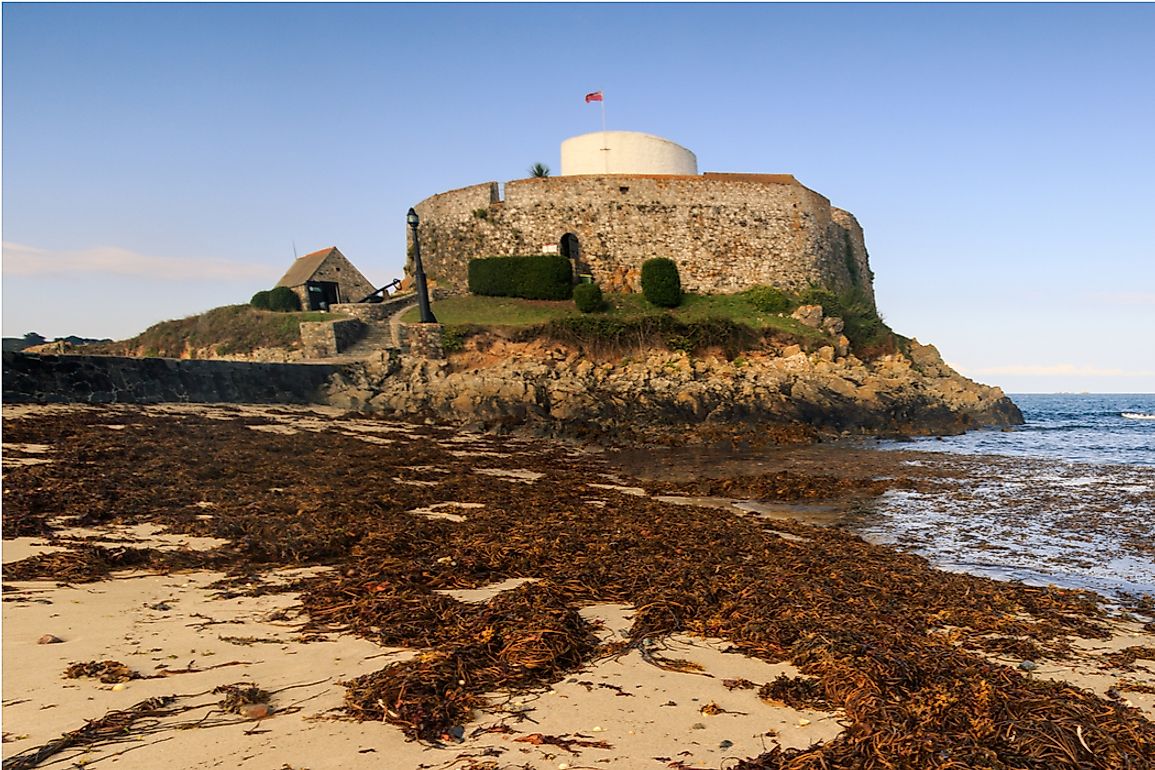
This Martello tower, which is sometimes called the "cup and saucer," is situated on a tidal rock in Guernsey’s Rocquaine Bay. Built in 1804, the fort was erected on the ruins of the Château de Rocquaine. Originally, Fort Grey’s purpose was for use in defense during the Napoleonic Wars, which lasted between 1803 and 1815. During World War II, the Germans occupied the Channel Islands and then renamed Fort Grey to Widerstandsnest Graur Turm.
8. Fort Tourgis
Finished in 1855, this fort is part of the Fortifications of Alderney. Designed to house 346 men, this fort, at the time of its completion, was the biggest among the Victorian forts of Alderney. All the forts in Alderney, including this one, were built for the protection of the harbor and the island. Following the German occupation, the fort was renamed to Stutzpunkt Türkenburg (Strongpoint Turk’s Castle). Recently, in 2012, plans were drawn up for its redevelopment.
7. Fort Saumarez
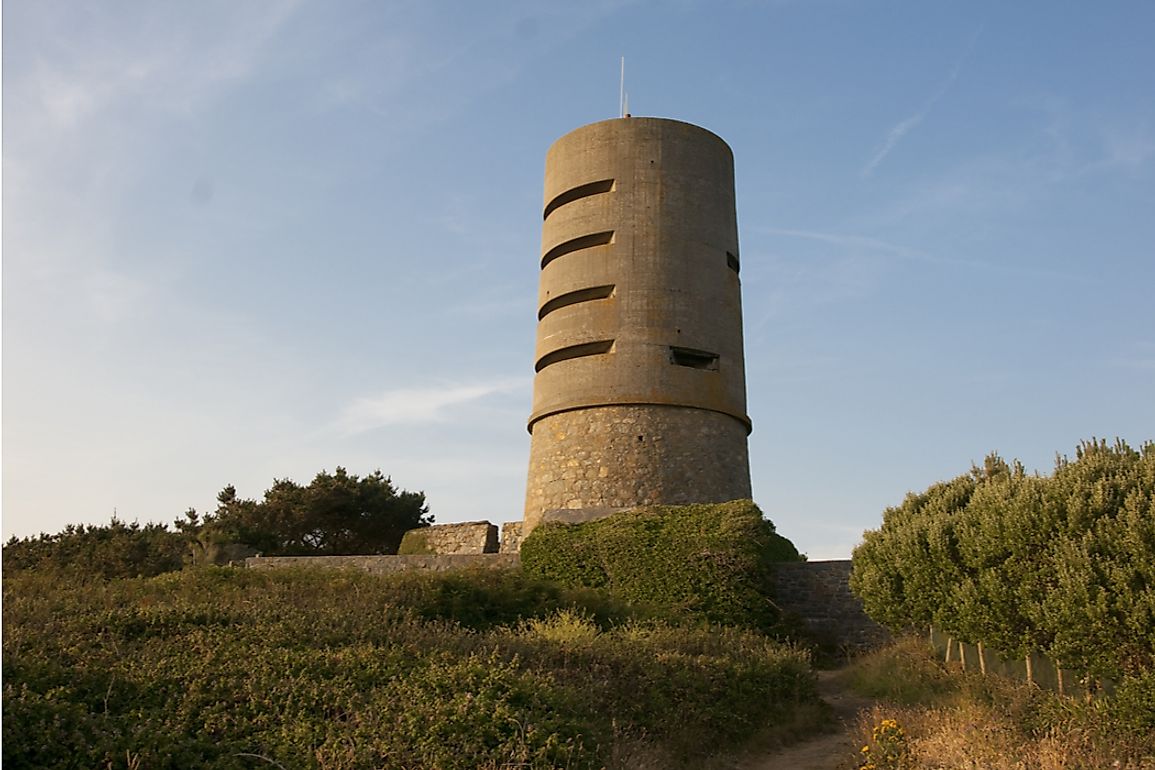
Just like Fort Grey above, this fort is a Martello tower in Guernsey. Also constructed in 1804 in the early stages of the Napoleonic Wars, Fort Saumarez was built for storing a battery for the war. Initially, the fort had 24-pounder guns until they were replaced in 1852 by 8" shell guns and 32-pounder guns. During World War II, the Germans also occupied the fort and made slight modifications for better defense such a casemate for an anti-tank gun.
6. Câtel Fort
This 18th century fort is actually a guardhouse that has an excellent view of the Grève de Lecq Bay. For protection, the fort was armed mainly with three 32-pounder guns. Nearby, there are the Grève de Lecq Barracks that were built in the early stages of the 1800s to accommodate 250 troops for the bay’s defense. Today, the Câtel Fort is open to the public mainly due to the efforts of the National Trust for Jersey.
5. Fort Clonque
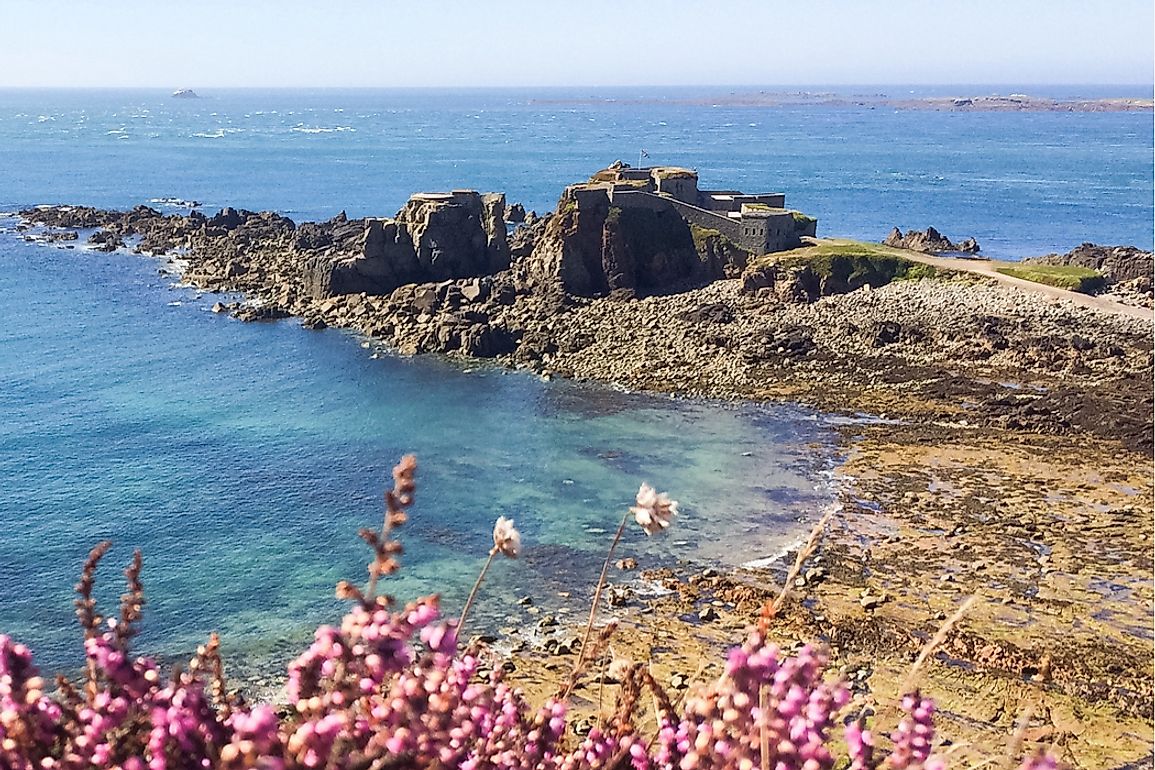
This fort was erected in Alderney during a period when the British were worried about the growing power of the French navy. Built in the 19th century, Fort Clonque was erected on an outcrop of land linked to the island by a causeway that is submergible during high tide. The fort had a 15-man team who had to operate the ten guns. Following its disuse, the Landmark Trust saved the fort in 1966.
4. Fort Regent
This 19th century fort is located on Mont de la Ville in Jersey’s St. Helier. Overlooking the Elizabeth Castle and the harbor, the fort is situated close to South Hill and the Engineers Barracks at La Collette. Some of the main features of the fort included bastions, a parade ground (which is now no more), curtain walls, and redans. The main material used for its construction, which was between 1806 and 1814, was granite.
3. Elizabeth Castle
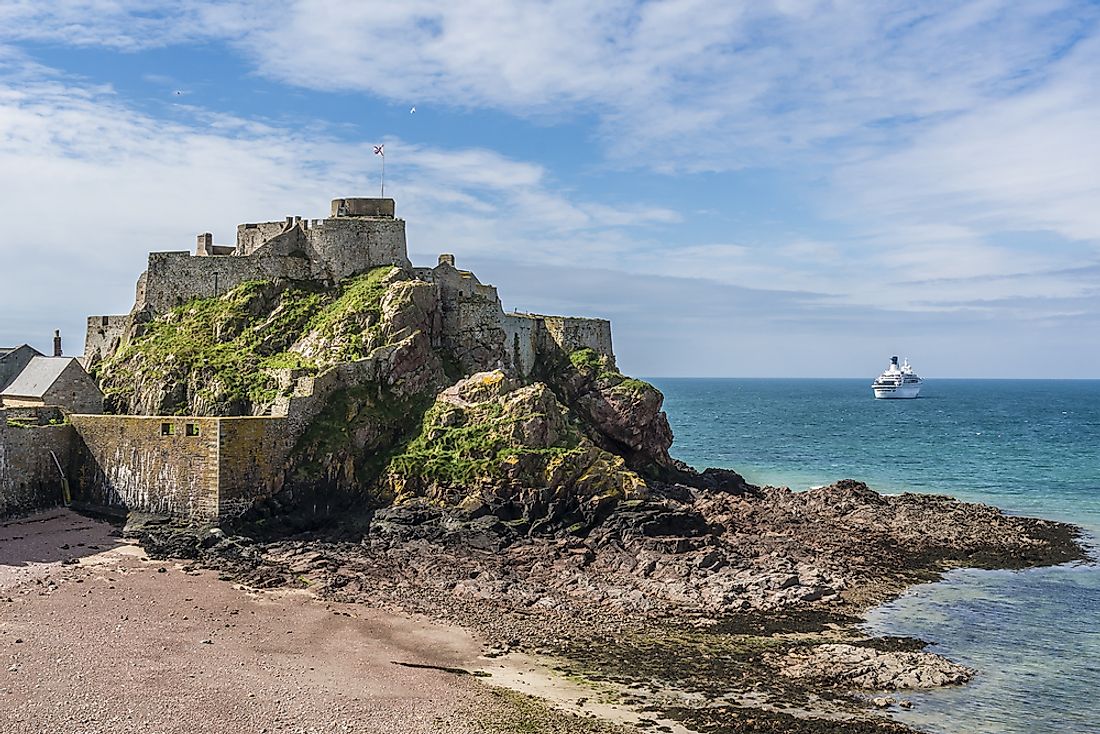
Located in Jersey’s Saint Helier, this castle dates all the way back to the 16th century when the fortification at Mont Orgueil proved insufficient for the island’s protection. Consequently, St. Helier was exposed to attacks from any vessel that had cannons. The tourist attraction was named after Queen Elizabeth I who was the monarch during its construction. Made from materials like granite, the castle has withstood the Battle of Jersey and the Third English Civil War.
2. Mont Orgueil
Overlooking the harbor of Gorey, Mount Orgueil castle is also known as lé Vièr Châté or Gorey Castle by Jèrriais and English speakers respectively. The castle, whose name translates to Haughty Mount or Mount Pride, was constructed between 1204 and 1450 and was used from 1204 to 1945. Until the invention of gunpowder, the castle was Jersey’s primary defense. Today, under the management of the Jersey Heritage Trust, the castle is open to the public.
1. Grosnez Castle
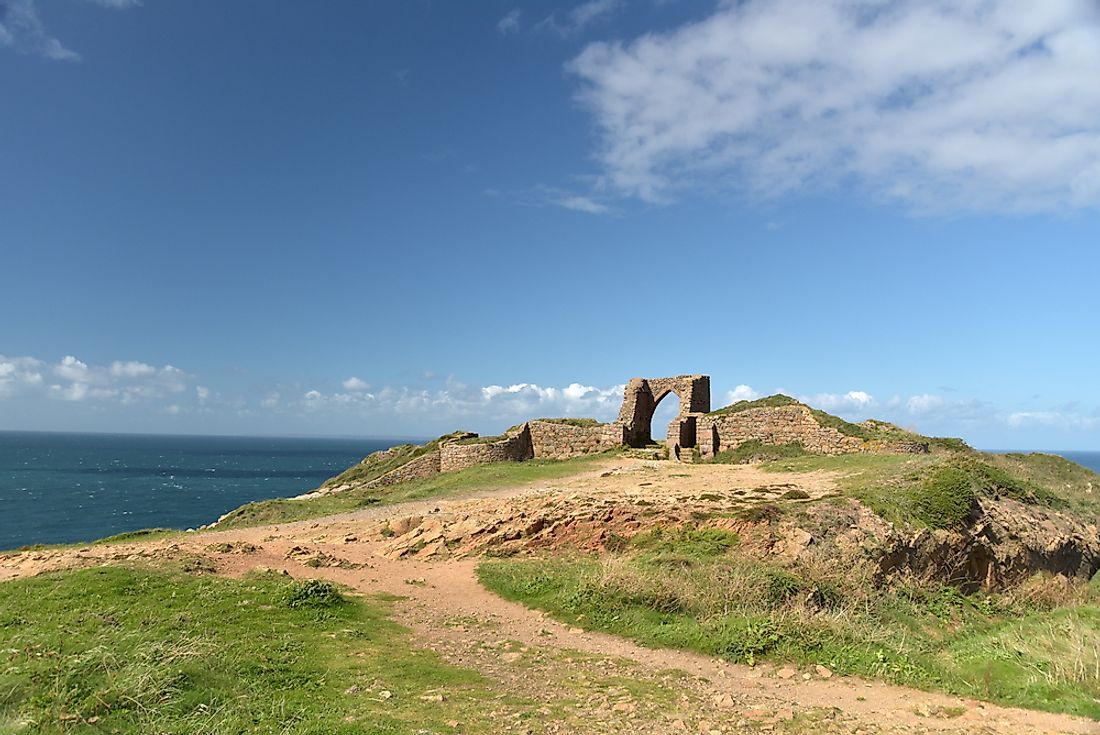
Located in Grosnez, Jersey, this is a ruined castle dating back to the 14th century. Built using granite, the fort withstood a French assault while it was under the command of a man named Philippe de Carteret. During the time of this assault, the French were in control of half of Jersey from 1461 to 1467. However, since the mid-16th century, the castle became a ruin. Today, it serves as a tourist attraction.







